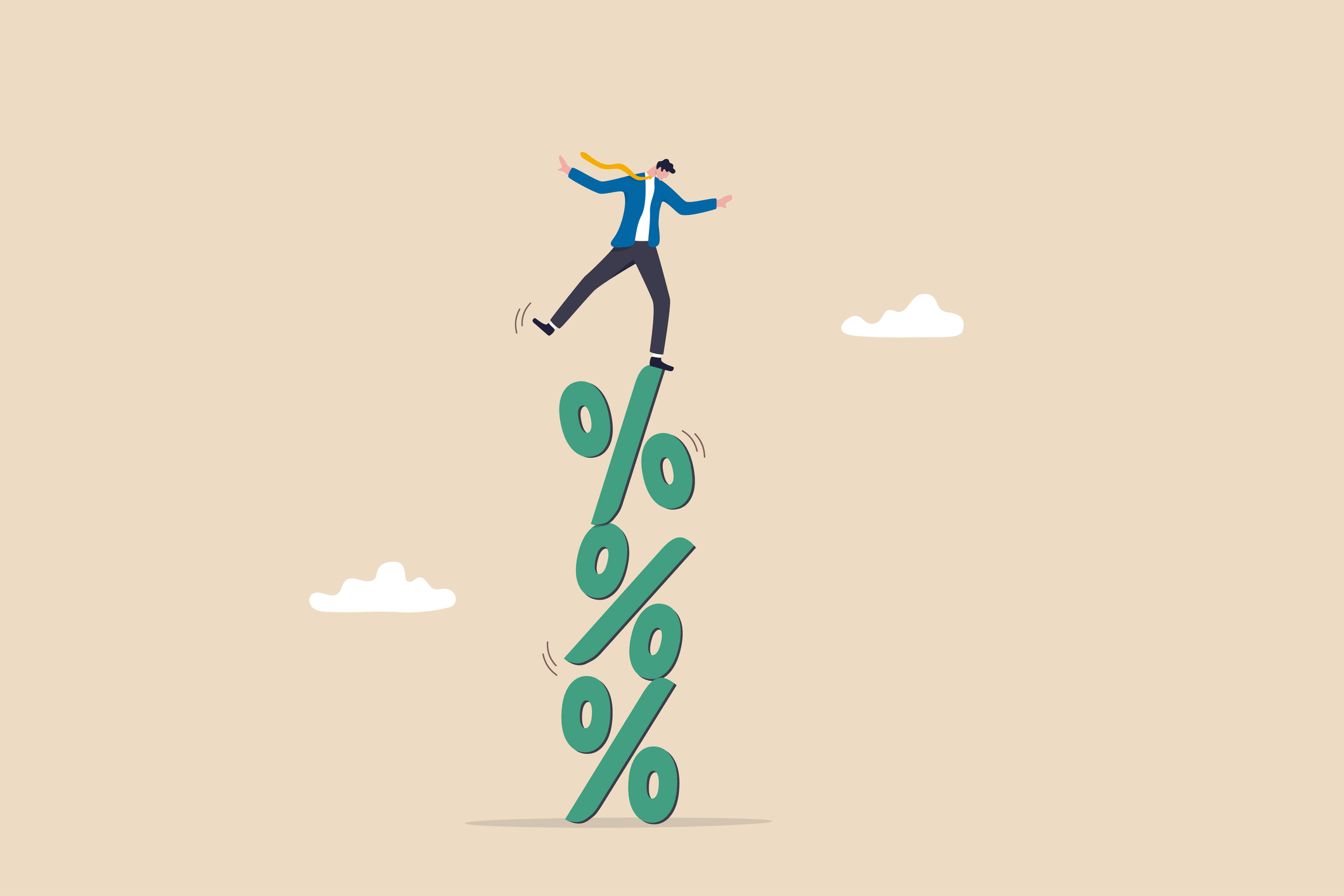
Economists have been bracing for an anticipated recession for almost a year, but the economy has remained resilient. To help you understand what is going on and what we expect to happen in the future, our highly-experienced Kiplinger Letter team will keep you abreast of the latest developments and forecasts (Get a free issue of The Kiplinger Letter or subscribe). You'll get all the latest news first by subscribing, but we will publish many (but not all) of the forecasts a few days afterward online. Here’s the latest...
The big question midway through the year: Is a recession coming, or not? Interest rates have soared, and short-term rates are much higher than long-term rates, a classic recession indicator. And yet, the economy keeps chugging. Can that last?
If a recession hits, it’s likely to come later than we and many forecasters once thought. The second half of 2023 seemed like a good bet. The first half of 2024 may see a downturn. Probably no sooner than that. Why not? Unlike in prior cycles of rising rates, the steep hikes implemented by the Federal Reserve are doing little to slow the economy so far. Normally, higher rates quickly curb demand for houses and automobiles, since they are typically financed. Declining sales lead to layoffs in home building and manufacturing, spooking consumers into spending less. Soon, a general dip in spending leads to a recession.
Now, demand for cars and houses is up, in spite of higher interest rates. Pent-up demand for cars dating back to the pandemic is still there. And since few homeowners are putting their homes on the market, opting to hang on to superlow mortgage rates scored during COVID-19, the market for new homes is heating up. Builders are busy and hiring more workers if they can, not firing. More generally, service businesses are doing well, and they’re still hiring. Consumers appear OK. They still have $533 billion in extra savings built up during the pandemic. Their cash balances have been dwindling, but should still last well into 2024. Delinquencies on credit cards, car loans and other debt are ticking up, which may be a warning sign, but it’s too early to say how serious it is.
So, can we sound the all-clear? Not yet. At a minimum, growth will be slow through the rest of this year and well into next, even if we dodge an official recession. Continued slow growth likely means the Fed will keep hiking interest rates. At least two more quarter-point hikes seem likely. Inflation is falling, but too slowly. Only a recession would get Fed Chair Jerome Powell to ease up on fighting inflation. The lack of a formal recession might sap the economy of future vigor, too. Recessions, though painful, are also healthy. They can set the stage for expansion after clearing out bad debts and weak companies, like new growth after a forest fire.
And while there’s no sign of a downturn yet, it may simply be delayed. Some prior episodes when short-term rates rose above long-term rates raised alarms, but the actual recession didn’t arrive for almost a year or longer. Today’s inversion of the yield curve began eight months ago, so we might need to wait until year-end before the storm clouds really start to gather. Now is no time to let down your guard.
This forecast first appeared in The Kiplinger Letter, which has been running since 1923 and is a collection of concise weekly forecasts on business and economic trends, as well as what to expect from Washington, to help you understand what’s coming up to make the most of your investments and your money. Subscribe to The Kiplinger Letter.







